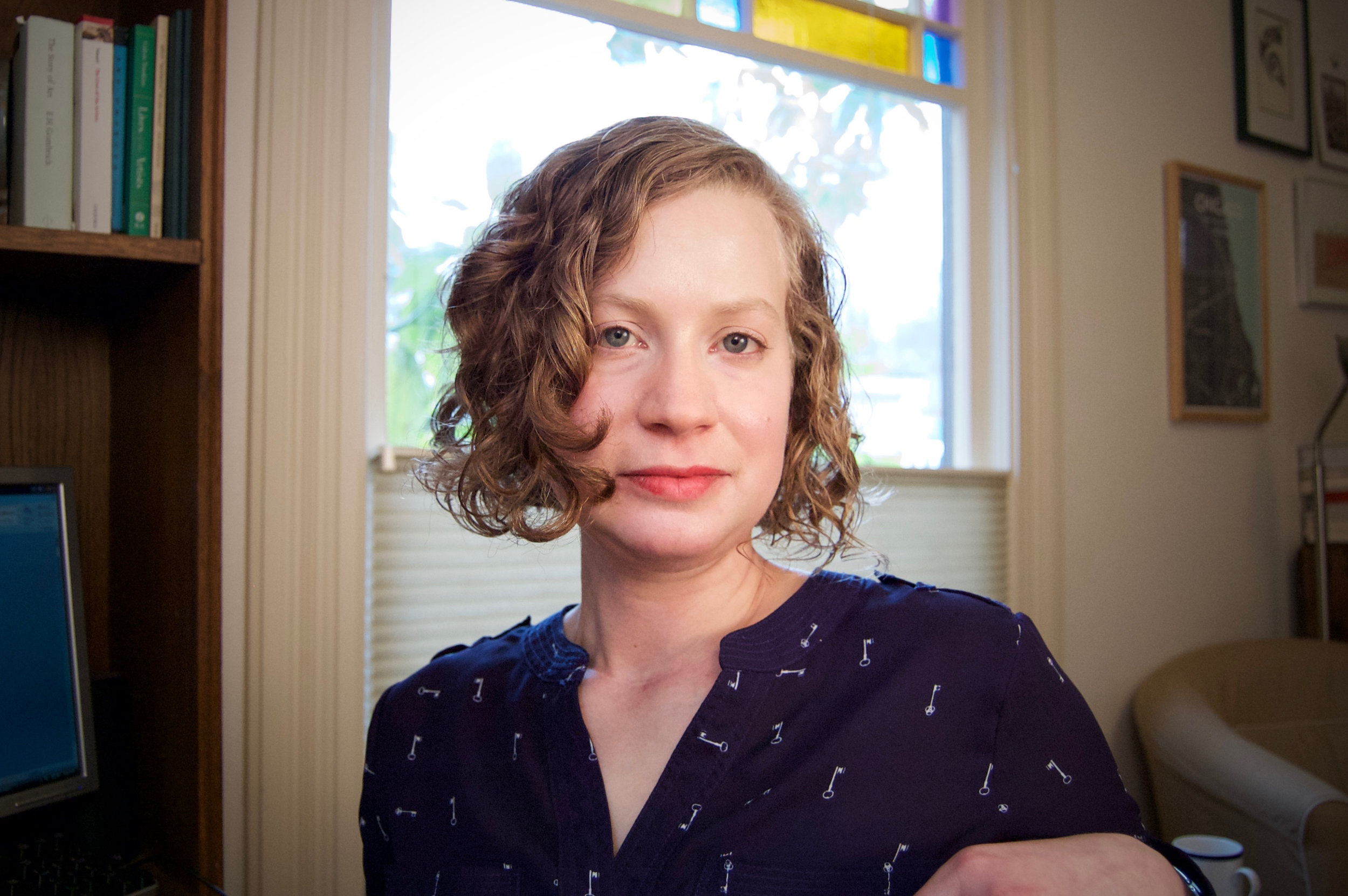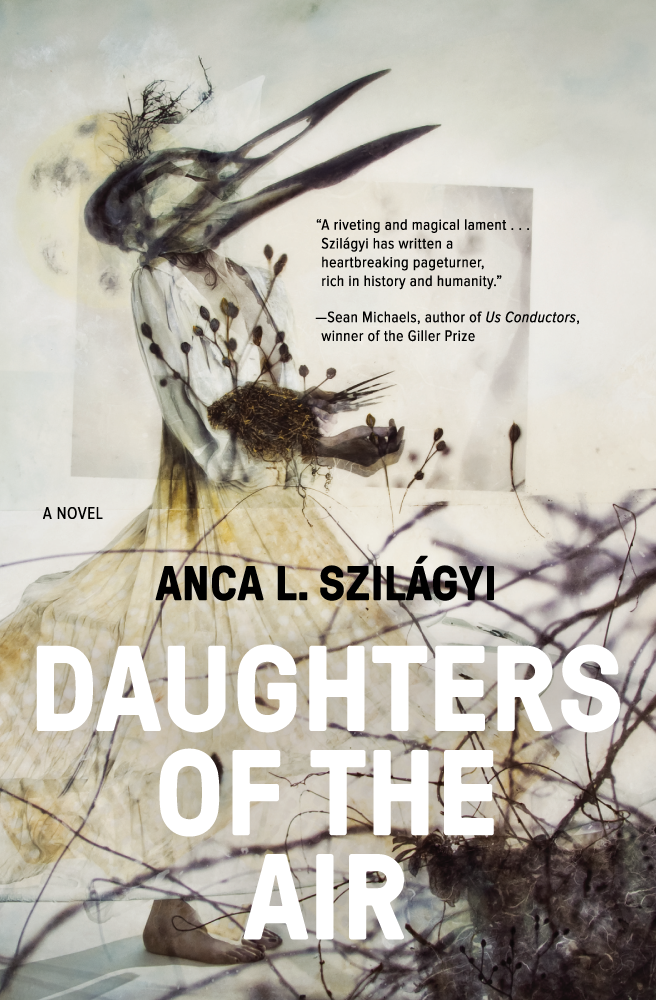Introducing Anca L. Szilágyi, Author of Daughters of the Air
Daughters of the Air will be out in just four short weeks, so we wanted to get to know author Anca L. Szilágyi first. If you're in Seattle on December 5, join us for the Daughters of the Air launch party at Hotel Sorrento hosted by Hugo House. (Find more details on the Hugo House website.)
Welcome! Please introduce yourself for any readers who aren't yet familiar with you and your work.
I was born Queens and raised in Brooklyn. I feel an affinity for those two sprawling boroughs of New York; large cities have always inspired me. It's no surprise, then, that I married a map-loving urban planner! These days we live in misty Seattle. Even though it's been nine years since we moved west, I still marvel at the flora of the Pacific Northwest--lavender, rosemary, and artichokes grow wild in the street, and the magnolia tree in our yard bursts into intoxicating lemon-velvet-scented blossoms.
My writing is an elastic sort of realism--gritty or fabulist or both. Growing up, I gobbled myths, fairy tales, Narnia; later on books like The Tin Drum, Invisible Man, and The Bloody Chamber left a mark on me. I like to stretch form too--increasingly I'm experimenting with lyric essays, mostly related to food, art, memory, and culture. Many of the essays, my short fiction, and obliquely, Daughters of the Air, draw on my family's experiences during the Holocaust and the Communist dictatorship in Romania, and as immigrants and refugees in 1970s-80s New York City.
Pluta is the teenage girl at the heart of Daughters of the Air. Tell us a bit about where she comes from.
In high school, I took choreography workshops at the Gowanus Arts Exchange, a vibrant arts space in a creepy, creaky former soap factory. I've been obsessed with the strangeness of Gowanus ever since--it felt so odd and secretive and dangerous. Pluta is also quite strange; the earliest seeds of the book are her dreams, which came to me while recovering from surgery in 2001 (which I wrote about here). I kept thinking about her, and picturing her alone in Gowanus, but I didn't know why. At some point between 2001 and 2003, I began worrying about the rhetoric of the War on Terror; there seemed to be some troubling similarities with Argentina's Dirty War, and that history became part of Pluta's.
Back in September, we went on a bit of a crawl through parts of Brooklyn as you showed me a few parts of Gowanus that Pluta discovers over the course of the novel. Are there any settings from Daughters of the Air that no longer exist?
Gowanus is very different these days. There were no luxury condos back in the mid-late 1990s, when I was dancing there, and certainly not in 1980. The Public Place is what has changed the most, or at least it has for me, because I'd spent so much time looking at it, especially as the F train soars over it. Before my time, it was the site of a manufactured gas plant, then it was the fenced up patch of wilderness included in Daughters of the Air. Now it's paved over. The iconic neon Kentile Floors sign, which could be seen from the train, is also gone, though it may be coming back to a playground in the neighborhood.
What comes next for you as a writer?
Embarking on the tenth draft of my second novel! It's about a struggling diorama artist working as a paralegal in 2008, set against the backdrop of the Bernie Madoff scandal. There's a third novel on the back burner, and some short stories and essays floating around in the ether.
Where can readers visit you online?
My website is ancawrites.com and I'm on Twitter (@ancawrites) and Instagram (anca_szilagyi). Come say hi!


